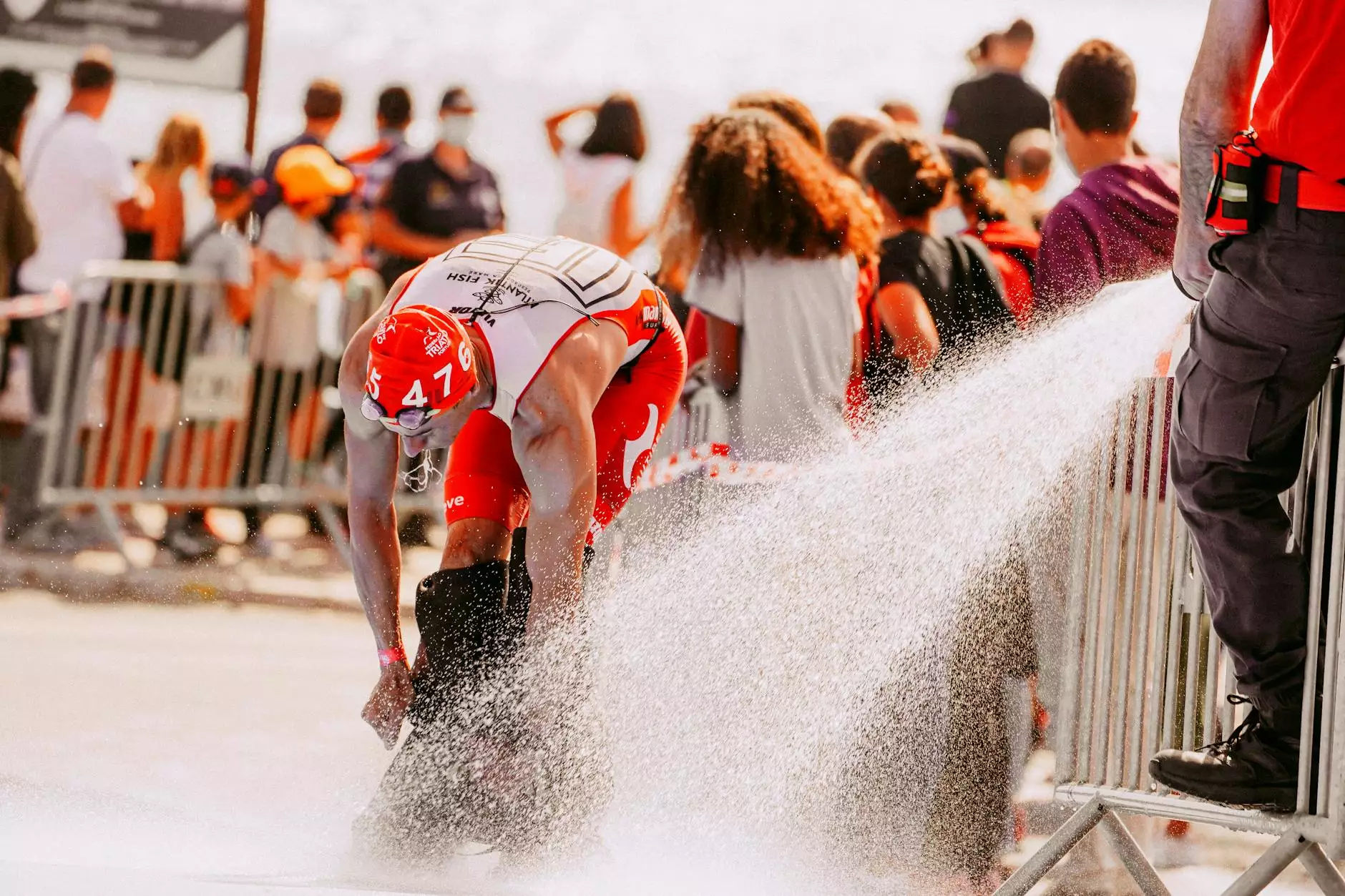Understanding Hose Hydraulic Fittings: A Comprehensive Guide

In the realm of hydraulic systems, hose hydraulic fittings play an integral role in ensuring the seamless operation and efficiency of various applications. Whether you're in the automotive, manufacturing, or agricultural sector, understanding these fittings can significantly affect the performance and reliability of your hydraulic components.
What are Hose Hydraulic Fittings?
Hose hydraulic fittings are specially designed components that connect hoses to various hydraulic machinery or apparatus. These fittings create a secure and leak-proof connection which is essential for maintaining the pressure and flow of hydraulic fluid through the system. Without reliable fittings, hydraulic systems may suffer from leaks, pressure loss, and potential failures.
The Importance of Hose Hydraulic Fittings
In hydraulic systems, the significance of these fittings cannot be overstated. Here are a few reasons why they are crucial:
- Safety: Properly installed and high-quality hydraulic fittings help to prevent hazardous leaks that can lead to accidents and equipment damage.
- Efficiency: The right fittings ensure optimal flow and pressure, enhancing the overall efficiency of the hydraulic system.
- Durability: High-quality materials used in fittings contribute to the longevity of both the fitting and the hydraulic system as a whole.
- Versatility: Different types and sizes of fittings are available for various applications, making them a versatile choice for many industries.
Types of Hose Hydraulic Fittings
Understanding the various types of hose hydraulic fittings is essential for selecting the right component for your application. The following are some of the most common types:
1. Crimp Fittings
Crimp fittings are widely used in hydraulic applications due to their secure fitting and ease of installation. They are attached using a crimping tool that compresses the fitting onto the hose, creating a strong bond.
2. Threaded Fittings
Threaded fittings have male and female threads, providing a robust connection between two components. These fittings come in various thread standards like NPT (National Pipe Thread) and BSP (British Standard Pipe), catering to different industries and requirements.
3. Push-On Fittings
As the name suggests, push-on fittings allow for quick and easy connections. They are ideal for applications requiring frequent disassembly and reassembly. However, they typically do not provide the same level of pressure resistance as crimp or threaded fittings.
4. Flange Fittings
Flange fittings are utilized in high-pressure applications. They feature a flat surface that allows for the secure connection of hoses and are often used in larger hydraulic systems.
Key Factors in Selecting Hose Hydraulic Fittings
Choosing the right hose hydraulic fittings involves several critical factors. Here are some aspects to consider:
1. Material Compatibility
Different materials are used in hydraulic fittings (like stainless steel, brass, and plastic). It’s essential to select fittings made of materials that can withstand the operating conditions of your hydraulic fluid and system.
2. Pressure Rating
Ensure that the fittings chosen are rated for the pressures and flow rates your hydraulic system will encounter. Mismatched pressure ratings can lead to catastrophic failures and safety hazards.
3. Hose Size
The size of the hose is crucial when selecting fittings. Mismatched sizes can result in leaks and reduced efficiency. Check the inner and outer diameters of the hose to choose compatible fittings.
4. Temperature Resistance
Hydraulic systems can operate in varying temperatures. It’s vital to select fittings that can handle the thermal conditions of the environment they will be used in. Refer to the manufacturer's specifications for temperature limits.
Applications of Hose Hydraulic Fittings
Hose hydraulic fittings are found across various industries, each with unique applications. Some of the most common uses include:
- Construction Equipment: Used in excavators, bulldozers, and cranes for the efficient transfer of hydraulic fluids.
- Agricultural Machinery: Essential for tractors and harvesters for powering hydraulic systems.
- Automotive Industry: Used in vehicles for power steering and brake systems.
- Manufacturing: Employed in hydraulic presses and conveyor systems to enhance efficiency.
Maintaining Hose Hydraulic Fittings
Regular maintenance of hydraulic fittings is essential to ensure safety and efficiency. Consider the following maintenance tips:
1. Regular Inspections
Conduct routine checks for any signs of wear and tear, leaks, or corrosion. Early detection of problems can prevent costly repairs and unsafe accidents.
2. Clean Connections
Ensure that the exterior and interior of fittings are clean to prevent contamination of the hydraulic system. Dirt and debris can introduce particles that cause wear and blockages.
3. Proper Torque Application
When installing threaded fittings, apply the proper torque as specified by the manufacturer. Over-tightening or under-tightening can lead to leaks and fitting failures.
Conclusion
In summary, hose hydraulic fittings are integral components of hydraulic systems, contributing significantly to their efficiency, safety, and durability. Choosing the right type, material, and size of fittings can impact the overall performance of your hydraulic applications. Regular inspection and maintenance are also critical to ensure longevity and reliability.
If you are looking for a reliable supplier of top-quality hose hydraulic fittings, consider fitsch.cn for a wide range of fittings for sale. Investing in quality fittings is essential for maximizing the efficiency of your hydraulic systems and ensuring safe operations.
hose hydraulic fittings


